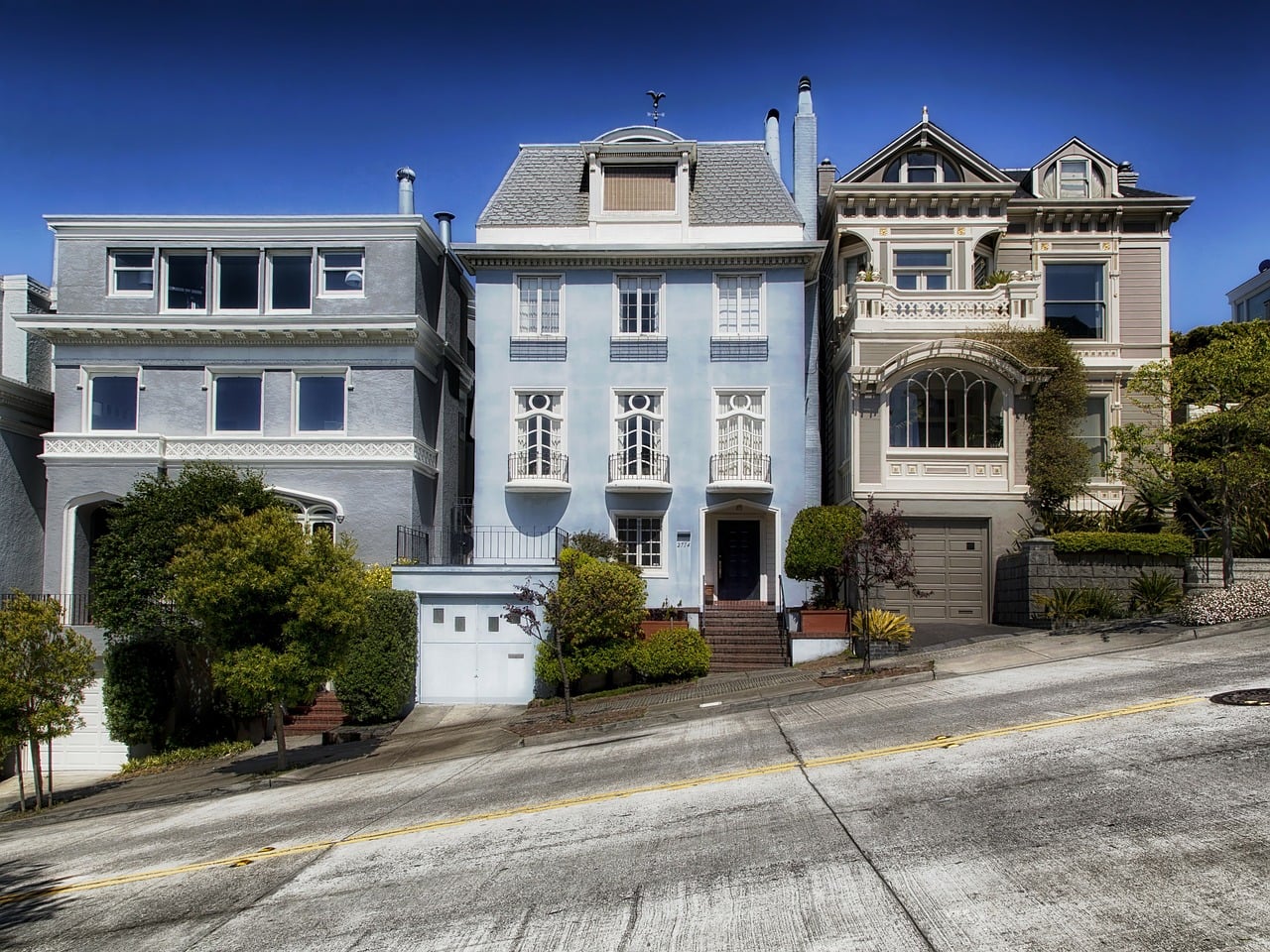According to NPR, the homeless population in the city of Los Angeles alone reached approximately 50,000 people in early 2019. This number shows an increase from previous years, with experts predicting it will continue increasing.
Two developers, John Perfitt and Jason Neville, have teamed up to work on affordable housing projects that take on the crisis of homelessness. Through creative funding sources and social-focused design, they’re working towards innovative solutions that provide affordable housing in underutilized areas for a fraction of the usual cost.
[REITs]Q2 hedge fund letters, conference, scoops etc
New Approaches to Affordable Housing
Both Perfitt and Neville work on affordable housing projects regularly. They take an innovative approach to affordable housing, always looking for new ways to reduce the cost and build for a fraction of the California average of $400,000 – $700,000 per unit.
Building Blocks was the first company they founded in the space together. It’s an LA development company that focuses on designing and building low-cost accessory dwelling units (ADUs). ADUs are built on land where a single-family home already exists. They’re cheap, compact housing options that need little to no funding to build. Permits and zoning in LA have only recently allowed for more ADUs to be built, although many landowners already had them illegally.
Bungalow Gardens is one of the more recent projects the pair have undertaken. This is an infill development project utilizing a vacant lot in a residential area of South Los Angeles. It utilizes a building typology, the Bungalow Court, which was a popular solution for small-scale housing in Los Angeles until about 1930 when they fell out of style. Bungalow Gardens brings back this typology repacking it for this new purpose. The pair hope to build many more.
The Bungalow Courtyard solution has one particular advantage:
“One of the new policies in the City of Los Angeles we’re taking advantage of is called the Transit Oriented Communities Affordable Housing Program,” says Neville, “which allows for parking waivers and other incentives for affordable housing projects that are built near transit, as our project is.” Fewer required parking spaces allows for more units of compact, dignified housing in small, centrally located city plots.
Projects with a social focus also have an element of smart urban design built in. For Perfitt, that means taking into account other citywide problems and working to create solutions with new developments, rather than adding to the problem. For example, he states that “There’s a real deficit of shade in Los Angeles, and there’s a lot of literature out there about how that’s a real negative thing for quality of life. We’ve figured out, or budgeted for, and are planning for more shade. We also are constantly thinking about different modes of transportation – one of the trends is building without parking, and we’re doing that routinely.”
Financing for Innovation and Affordability
In 2016, Los Angeles voters overwhelmingly passed Proposition HHH, which provides $1.2 billion in bond money for building homeless housing in the city. The proposition has a goal of building 10,000 total units.
Funding from additional sources – such as Community Development Finance Institution (CDFI) funds – can help spur these sorts of projects and can be just as innovative as the program of the project. For Bungalow Gardens, Perfitt and Neville are using equity crowdfunding, via the Small Change platform, to seek out direct investments from the greater public who are interested in investing in impactful and community-oriented projects.
Is Affordable Housing Due for Disruption?
The real estate industry at large is familiar with adaptation as supply and demand fluctuates, but is there room for disruption in the affordable housing market? John Perfitt believes there is. “If we can, as practitioners, come up with the right models and the right approaches, we can find the capital.”
Many projects and developments have been proposed and tested before with limited success. Although the smaller scale of these projects has caused some skepticism, Perfitt says the smaller scale could be an advantage.
“When we talk about scale, it’s not the traditional way that developments looked at scale – large 100- to 150-unit projects, and so forth. What we’re trying to facilitate, and show can be financed, and operated, and can work, and be feasible is the repetition. Our scale is that we want to be smarter and be able to optimize or maximize on these small infill sites but be able to do it repetitively and have other people do it repetitively.”
Both Perfitt and Neville are bullish on the prospect of developing more creative, affordable housing projects in the future. Neville believes that good developments with a community focus, rather than solely a profit focus, could change public opinion and revolutionize the industry. “Part of the reason people don’t want to see new development in their backyard is because development has been so bad in the past.”
For now, the new developments are ongoing and unproven. Whether new funding sources and people-centric design is enough to disrupt long-standing models is yet to be seen, but it may be worth checking in on these and other projects over the next 5, 10, 15+ years.
About the Author
Dr. Adam Gower, at GowerCrowd, builds best of class digital marketing systems for real estate developers raising capital through crowdfunded syndications. He has 30+ years and over $1.5 billion of commercial real estate investment and finance experience, holds a Ph.D. in risk mitigation, and is a published author. His latest book, Leaders of the Crowd (Palgrave MacMillan: New York, 2019) covers the history of crowdfunding and how real estate syndicators came to dominate the industry.





